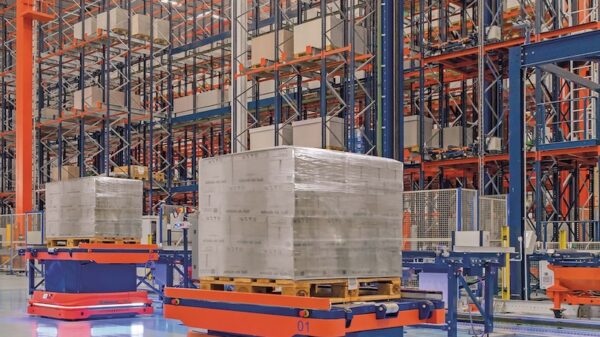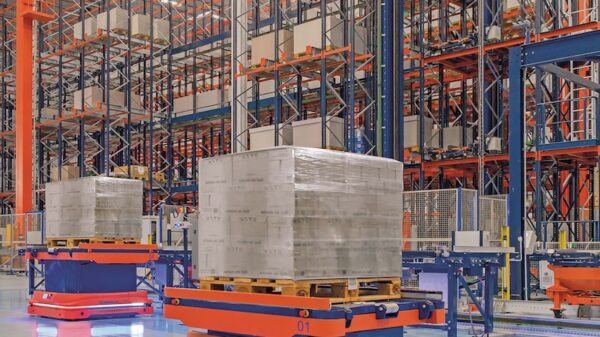A recent study conducted by Mecalux in collaboration with the MIT Intelligent Logistics Systems Lab has revealed that artificial intelligence (AI) is now integrated into 60 percent of warehouses worldwide. The research, which gathered insights from over 2,000 logistics leaders across 21 countries, highlights a significant shift towards automation and AI adoption in the logistics sector, especially as retailers prepare for the upcoming Black Friday sales period.
The findings indicate that AI and machine learning have transitioned from being experimental to essential components in enhancing productivity and accuracy within warehouses. More than 90 percent of warehouses surveyed are employing some form of AI or advanced automation, marking a notable advancement in the sector’s maturity. Over half of the participating organizations reported operating at advanced or fully automated maturity levels, particularly among larger businesses with complex multi-site logistics networks.
AI is now a crucial element in various day-to-day operations, including order picking, inventory optimization, equipment maintenance, labor planning, and safety monitoring. According to Javier Carrillo, CEO of Mecalux, “The data show that intelligent warehouses outperform not only in volume and accuracy, but in adaptability.” Carrillo emphasized that companies investing in AI are not only quicker but also more resilient and better positioned to handle market volatility.
The research also reveals that investments in AI are yielding faster returns than anticipated. Companies are now allocating between 11 percent and 30 percent of their warehouse technology budgets to AI and machine learning initiatives, with a typical payback period of just two to three years. These investments have led to measurable improvements in inventory accuracy, throughput, labor efficiency, and error reduction. The shift from exploratory spending to long-term capability building is evident, driven by cost savings, customer demands, labor shortages, sustainability goals, and competitive pressures.
Despite the advancements, organizations continue to encounter challenges in scaling AI within their operations. Dr. Matthias Winkenbach, Director of the MIT ILS Lab, pointed out that “the hard part now is the last mile: integrating people, data, and analytics seamlessly into existing systems.” Key barriers include technical expertise, system integration, data quality, and implementation costs, reflecting the complexities of connecting advanced tools with legacy systems.
Interestingly, the report challenges the notion that automation is replacing human jobs. Instead, it suggests that AI enhances productivity and job satisfaction while creating new workforce opportunities. Over 75 percent of organizations surveyed reported increased employee productivity and satisfaction post-AI implementation, with more than half indicating a growth in their workforce. Emerging roles such as AI/ML engineers, automation specialists, and data scientists exemplify how intelligent automation is expanding the human role in warehouse operations.
Looking ahead, nearly all companies surveyed are planning to increase their AI usage over the next two to three years. An impressive 87 percent expect to boost their AI budgets, while 92 percent are implementing or planning new AI projects. The report identifies decision-making technologies, particularly generative AI, as the next frontier in logistics. Businesses view generative AI as a valuable tool for applications like automated documentation, warehouse-layout optimization, and process-flow design.
Dr. Winkenbach noted, “Traditional machine learning is great at predicting problems, but generative AI actually helps you engineer the solution.” This capability positions generative AI as a significant value generator in warehouse operations today. The study underscores that as the logistics sector approaches one of its busiest periods, the warehouses supporting Black Friday orders are evolving into more intelligent systems, leveraging AI to enhance performance, support workers, and integrate data-driven decision-making into core operations.




































































